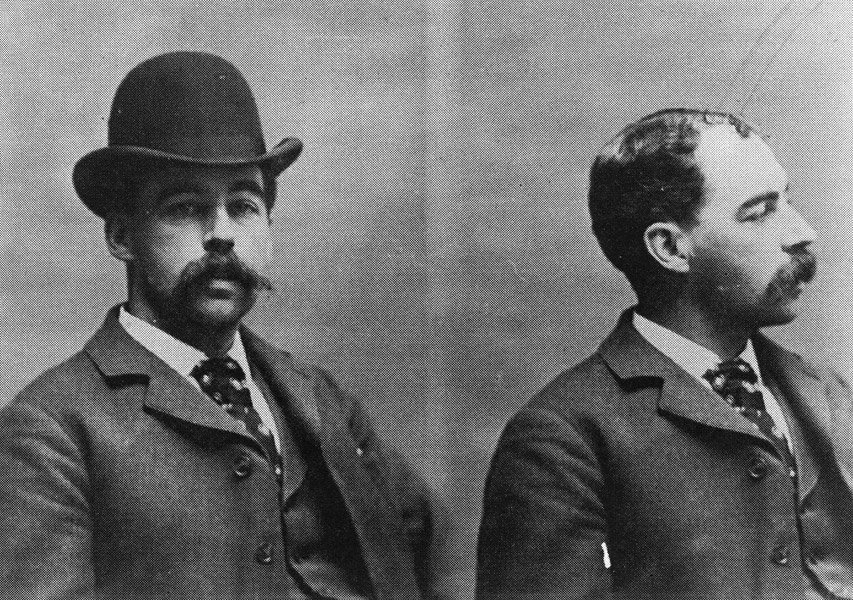Herman Webster Mudgett, better known as H.H. Holmes, is often called ‘America’s first serial killer.’ Whether or not that is true, he is possibly one of the most prolific serial killers in history. Although police say he killed up to 10 people and Holmes confessed to 27, it is possible that he has committed over 200 murders.
The problem is that Holmes was something of a fantasist and he made his claims during the height of ‘Yellow Journalism,’ where everything was exaggerated to sell newspapers. On the gallows, Holmes recanted and claimed he only killed two people. This, along with the fact that he killed people in an elaborately designed ‘murder castle’ and disposed of the bodies, makes it impossible to say just how many people died at his hand.
The Making of a Murderer
Herman Mudgett was born in New Hampshire in 1861, and while little is known about his early years, there are suggestions that he was bullied as a child. Apparently, his classmates found out about his fear of doctors, so they made him stand in front of a human skeleton in a doctor’s office. Although he was initially scared, Holmes later claimed the experience eliminated his fear of death and may even have led to his obsession with it as an adult.
Despite his issues with bullies, it is said that Holmes had a privileged childhood and exhibited signs of high intelligence. He showed an early interest in medicine and apparently performed surgery on animals. He enrolled in the University of Michigan’s Department of Medicine and Surgery and graduated in 1884. During his time in college, Holmes stole cadavers from the lab and disfigured them. He claimed the people died in accidents and tried to collect insurance money. It took several years, but he finally perfected his insurance scams and became the beneficiary on the policies of several women who died soon after in mysterious circumstances.

Building the Murder Castle
Given his criminal past, the future serial killer changed his name to Henry Howard Holmes in 1886 to start fresh and distance himself from his previous scams. He moved to Chicago and found work in a drugstore in the Englewood neighborhood. Holmes eventually owned the business when the original owner vanished without a trace.
Eventually, he had enough money to begin construction of his legendary castle of death. After purchasing a plot of land across from the drugstore, he designed a labyrinthine building that took 18 months to complete; it was originally supposed to take just six months. In a fiendishly clever move that prevented anyone else from learning the truth about the new building, Holmes routinely hired and fired laborers by claiming their work wasn’t up to standard. It also saved him a lot of money.
The result was an unusually designed hotel with stairways that led to dead ends and doors that opened into brick walls amongst other traps. Some of the doors contained locks that sealed people inside. The bedrooms were equipped with gas lines or were soundproofed and doors were also rigged with alarms, so Holmes knew the movements of guests. There was also a ‘secret hanging chamber’ on the second floor.

